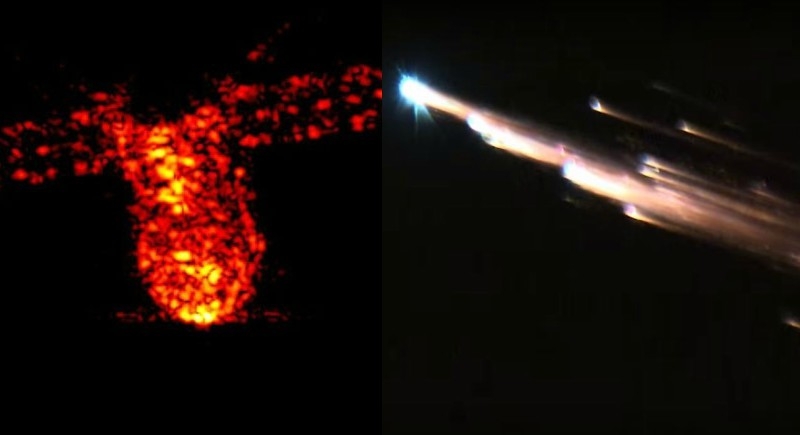Chinese space station ‘Tiangong-1’ burns up over South Pacific; Want to have a look?
Beijing, April 2: Chinese spacecraft Tiangong-1, which had lost control re-entered earth's atmosphere only to burn up over the South Pacific. The 34.1-foot space vehicle was built earlier by China in 2011 as a part of its space plans. However, no large pieces of the Tiangong-1 hit the earth.

China's prototype space station, whose name translates as "Heavenly Palace 1," met a fiery end in Earth's atmosphere on April 1, breaking apart and burning up in the skies over the southern Pacific Ocean, according to the US Strategic Command's Joint Force Space Component Command (JFSCC).
"The JFSCC used the Space Surveillance Network sensors and their orbital analysis system to confirm Tiangong-1's re-entry," US Air Force officials wrote in a statement.
The Heavenly Palace is expected to break into pieces as big as 100kg while making a plunge into the planet. Tiangong-1 was launched on 1 October 2011, the Chinese National Day.
In September 2016, Chinese officials confirmed that they had lost control of the space lab and that it would crash into Earth sometime in the latter half of 2017. In May, China told the United Nations that the lab would reenter Earth between October and April 2018.
Chinese officials aren’t expecting much harm from the falling debris. But they told the United Nations Committee on the Peaceful Uses of Outer Space they will keep the committee informed as the crash nears.
But it’s not the first time a spacecraft has uncontrollably descended toward the planet. NASA’s had several incidents including the larger Skylab (77.5-ton) and there haven’t been any reported deaths or injuries in the past.